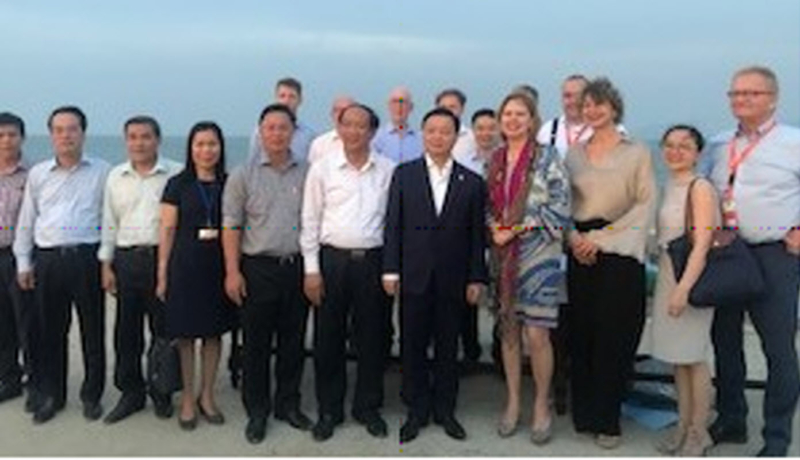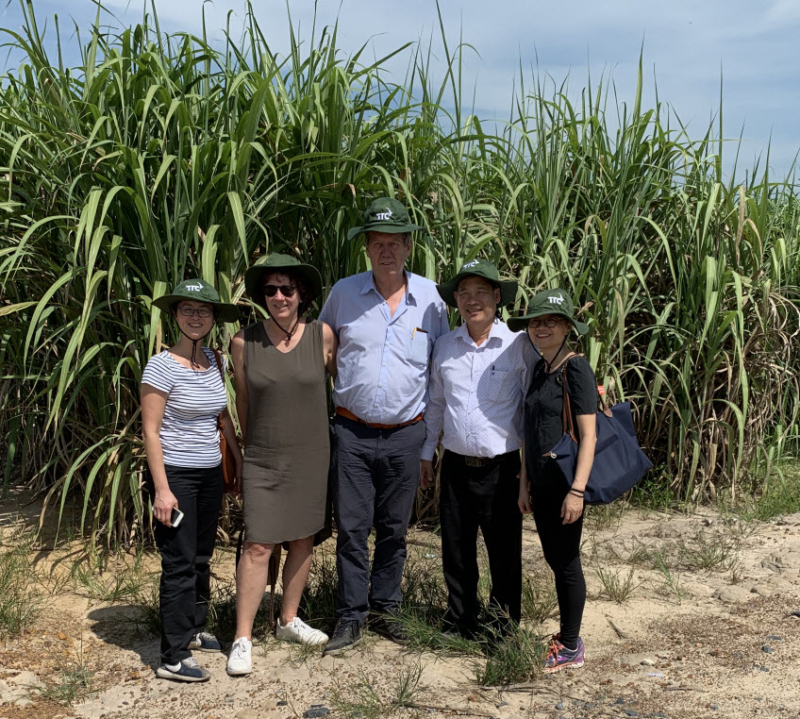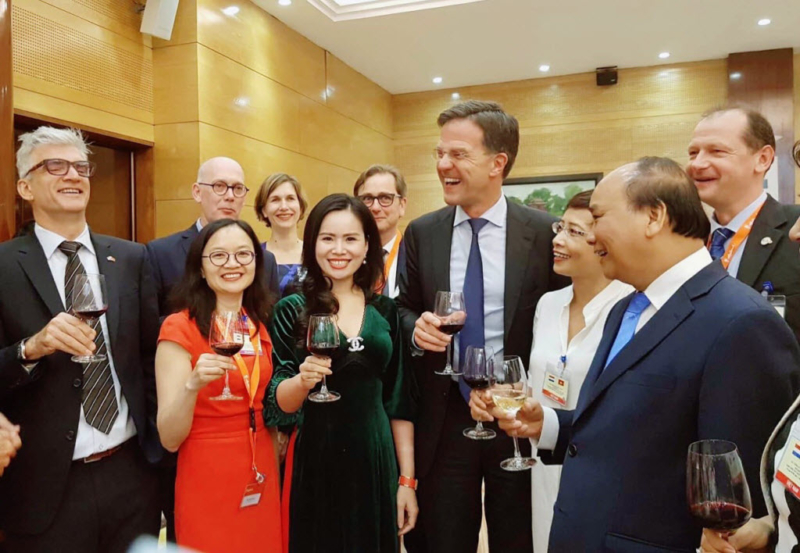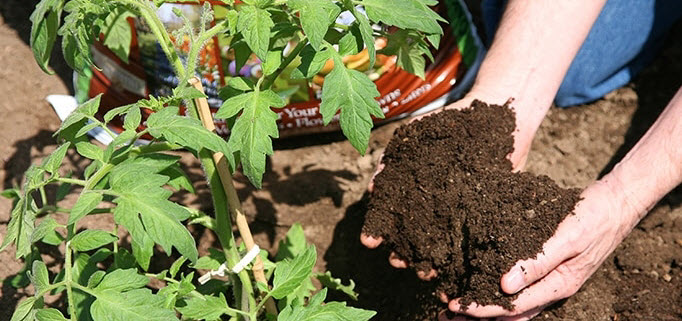Overview Vietnam
- Capital: Hanoi
- Largest City: Ho Chi Minh City
- Official Language: Vietnamese
- Official Script: Vietnamese
- Area: 332,698 km2 (65th)
- Population (2014): 90,730,000 (14th)
- HDI (2014): 0.638 (121st)
- Currency: Dong (VND)
- Time Zone: Indochina Time (UTC+07:00)
- Drives on the: Right
- Calling Code: +84
- Internet Top-level Domain: .vn
Vietnam’s transformative journey serves as a compelling example of how determined efforts towards political and economic reform can lead to remarkable outcomes. The nation’s progress in reducing poverty and elevating living standards stands as a testament to the resilience and commitment of its people and the effectiveness of its development strategies. Political and economic renovation launched in 1986 have transformed Vietnam from one of the poorest countries in the world, with per capita income below $100, to a lower middle income country within a quarter of a century with per capita income of $1,960 by the end of 2013. Over the last few decades, Vietnam has also made remarkable progress in reducing poverty. The percentage of people living in poverty dropped from almost 60% in the 1990s to under 10% today. Over the same period, the mean income for the bottom 40% of the Vietnamese population increased by an annual average of 9%.
Vietnam’s culture is steeped in a rich tapestry of origins, evident in its diverse spiritual practices. The spiritual life in Vietnam encompasses a grand amalgamation of belief systems, including Confucianism, Taoism, Buddhism, Christianity, and the ancient Vietnamese animism. The country’s festivals, deeply rooted in folklore and cultural traditions, permeate all regions of Vietnam. These vibrant festivals serve multiple purposes. They offer solace and tranquility to the Vietnamese people, providing respite from the pressures of daily life while fostering a closer connection with nature and their beloved homeland. Given Vietnam’s agricultural heritage, most festivals are held during the leisurely periods of spring and autumn, aligning with the rhythm of nature. In addition to regional celebrations, there are national festivals that unite all Vietnamese citizens. Prominent among them is the Lunar New Year Holidays, also known as Tet Nguyen Dan, a significant week-long event taking place in late January or early February. This momentous occasion marks the arrival of the new lunar year and the advent of spring. The festivities encompass a blend of exuberant revelry, featuring fireworks, drums, and gongs, as well as moments of serene contemplation.
It is important to recognize that Vietnam’s allure extends far beyond its war-torn past. The country beckons visitors with its picturesque landscapes, ranging from majestic highlands to lush rainforests, which are home to a diverse array of flora and fauna. Its pristine islands and coastal regions boast breathtaking beaches that rival the best in the region, providing a haven for relaxation and exploration. Meanwhile, Vietnam’s culinary scene is a tantalizing journey for the taste buds, with its vibrant flavors, fresh ingredients, and distinctive regional specialties leaving an indelible impression on visitors. By appreciating Vietnam for its natural wonders, tranquility, and exceptional cuisine, travelers can uncover the true essence of this remarkable country, unshackled from historical preconceptions. Vietnam offers a captivating blend of natural splendor, cultural richness, and culinary delights that make it a compelling destination for exploration and discovery.
VIETNAM PRACTICE
OUR UNIQUE STAKEHOLDER ENGAGEMENT ACTIVITIES

AB Consult joins site visit in Vietnam
AB Consult joins site visit in Vietnam with Dutch Minister van Nieuwenhuizen of Infrastructure and Water-management and the embassador of the Netherlands in Vietnam with Minister Tran Hong Ha of the Ministry of Natural resources and Environment and the chairman of the People committee of Quang Nam

AB Consult joins meeting with chairwoman of the Vietnam National Assembly
AB Consult joins meeting with chairwoman of the Vietnam National Assembly, Nguyen Thi Kim Ngan and director Rene van der Plas of Port of Rotterdam

abconsult-vn-hl
AB Consult participates as a key partner in the public private partnership with the Dutch government and a Dutch maritime cluster to access the Vietnam market for water infrastructure




